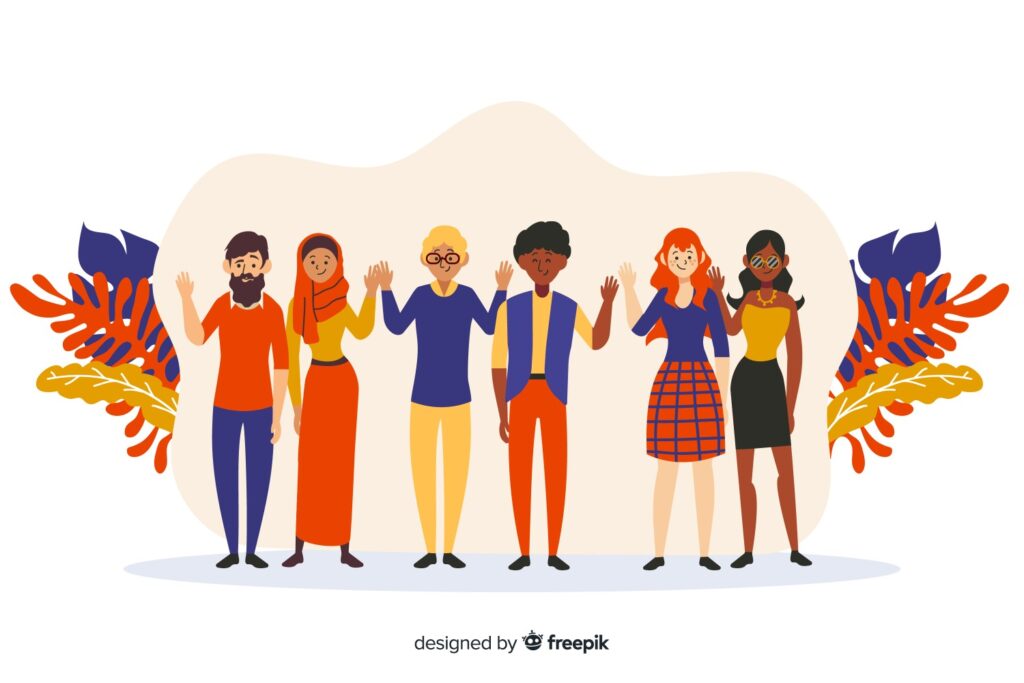Malinowski’s Scientific Theory of Culture is also known as the ‘Theory of Needs’ or the theory of ‘vital sequences’. According to him, the ‘needs’ were two-fold, namely, the needs of the individual and the needs of the society. He said Need is like a system of condition in the human organism, cultural setting and their relation in the natural environment which is helpful for group and organism survival.
Culture is meant by which man is able to maintain physical, mental and intellectual existence needs. Man is not only a biological social being but it has its psychological needs also. For survival, these needs should be fulfilled. For this man creates culture to fulfil its needs. Eg. Economic need- bow & arrow- machine. Psychological needs- language, religion, art etc.
Bronisław Malinowski said culture institutions satisfy individual needs and consider society as a whole. He distinguishes 3 levels of need:
•Primary or basic or Biological need helpful for both individual and group survival such as sex and feeding.
•Instrumental or Derived needs include institutions like economic, educational, legal and political which help to achieve primary needs.
•Integrative needs are those which help society to cohere such as knowledge, religion, magic, play.
Biological Impulses: He said that in context to human organisms, there were certain biological needs which should be in sequence to make humans satisfied. An ‘impulse’, an associated
physiological ‘act’, and a satisfaction which results from that act.
| A) Impulse, leading to | B) Act, leading | C) Satisfaction |
| 1) drive to breathe | intake of Oxygen | Elimination of carbon dioxide in tissues |
| 2) hunger | ingestion of food | satiation |
| 3) Thirst | absorption of liquid | quenching |
| 4) Sex appetite | conjugation | detumescence (subsidence of swelling) |
| 5) fatigue | rest | restoration of muscular and nervous energy |
| 6) restlessness (sleepiness) | activity | satisfaction of fatigue |
| 7) somnolence | sleep | awakening with restored energy |
| 8) bladder pressure | micturition (urination) | removal of tension |
| 9) Colon pressure | defecation | abdominal relaxation |
| 10) Fright | escape from danger | relaxation |
| 11) pain | avoidance by effective act | return to normal state |
Basic Needs and cultural Responses
The basic needs focussed on the conditions essential to both individual and group survival. The table of basic needs is as follows:
| Basic Needs | Cultural Responses |
| Metabolism- food intake, digestion, absorption of nutrients, ejection of waste | Commissariat- satisfaction of nutritive needs occur, not in isolation but with a proper commensalism. |
| Reproduction- producing may workers in an extensive manner to replenish the number of communities. | Kinship- human infants need more and longer periods of care as compared to animals (Like-Parenthood). Institution of family or marriage culturally responses to procreation of children and their maintenance. |
| Bodily Comfort- maintenance of temperature and humidity so that physiological processes like circulation, digestion should continue. | Shelter- satisfy bodily comfort from heat, cold, rain etc. Build a house, clothes. |
| Safety- Prevention of bodily injuries by accident, animal attack or other. | Protection- Defence against danger (animal or human attack). Institutions like household, clan, tribe, municipality etc. |
| Movement- activity is necessary to organism | Activities- bodily activities with economic, political, environment, contact with other communities |
| Growth- Humans are dependent in infancy, maturation is slow, and old age is defenseless. No group will survive if an infant is left after birth. | Training- an individual is trained in skill, taught language, in symbolic devices to become a member. |
| Health- Maintenance of the organism in normal condition. | Hygiene- linked with health and magic consideration. Fatigue, avoidance of dangers |
